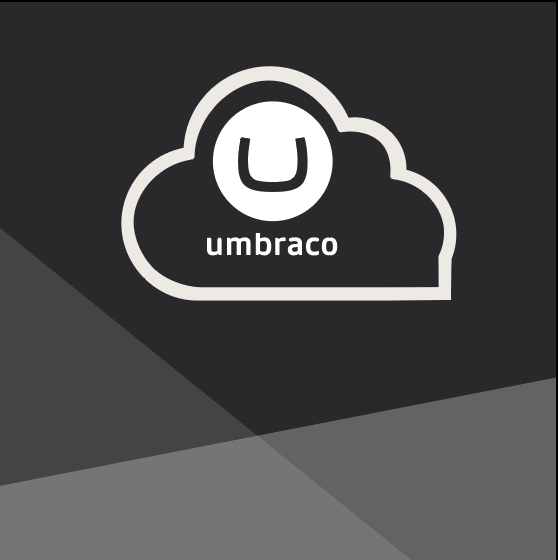5 Tips for Configuring Your CMS for Inbound Marketing
Chris Osterhout SVP of Strategy#Digital Marketing, #CMS, #Inbound Marketing

A CMS is an essential tool for inbound marketing. Learn how you can configure your CMS to utilize inbound marketing techniques.
In our current age of information overload, it can seem difficult to reach the audience for your products or services; with all the websites out there that cover every conceivable subject, how can you make your site stand out, attract visitors, and convert them into customers?
While it might seem impossible to be heard among the constant noise, there is a proven methodology for engaging with the customers who are looking for your products or services: inbound marketing. This methodology operates under the principle that you need to attract relevant visitors to your site to drive conversions. By utilizing your knowledge in your area of expertise, you can demonstrate that you can fulfill the needs of people searching for the products or services you provide.
Utilizing inbound marketing techniques requires the ability to regularly publish content and gather customer data, which is why a Content Management System (CMS) is essential for implementing inbound marketing on your website. But while a CMS provides a powerful set of tools for managing your website, knowing where to start can be a daunting prospect. Here are five things you should do to configure your CMS for inbound marketing:
1. Create a Platform for Continually Posting Relevant Content
It’s important to regularly publish content that will attract visitors to your site, providing them with the information they are looking for and telling them how you can fulfill their needs. A CMS provides a platform for creating a blog that you can regularly update, which is a proven way of driving traffic to your site. Utilizing your CMS for blogging allows you to easily publish new blogs, as well as configure settings like metadata, keywords, and URL aliasing to not only provide the best content for your audience, but also structure it in a way that makes it easy to find via search.
2. Configure Templates to Allow for Placement of Relevant CTAs
Calls-to-action (CTAs) are used to offer a next step for your site visitors, showing where they can go for more information and guiding them through the process of conversion. You’ll ideally want to make sure to include a CTA on every page of your site, and a CMS provides the ability to not only create CTAs, but place them in multiple places on each page, ensuring that they provide more relevant information for your visitors.
3. Create Landing Page Templates
In order to convert site visitors to leads, and eventually to customers, you’ll need to provide them with offers of content (such as tip sheets, eBooks, white papers, webinars, etc.) that they can download, which means you’ll need to create landing pages where they can obtain this content. Creating templates for these landing pages in your CMS will allow you to clearly describe the content offer and the value of taking the next step in the conversion process. Following best practices for landing pages when creating these templates will allow you to easily guide visitors to the content they are looking for and establish relationships with them as they move through the buyer’s journey.
4. Never Offer Anything for Free
We’re not talking about charging money for content here, but simply emphasizing that you want to get something in return for the content offers you are providing. That is, you can use these offers to gain insight about your visitors, even if it’s something as simple as their name and email address. You can use your CMS to configure your landing pages to require visitors to fill out a form prior to downloading your content offer, allowing you to learn about who they are, what they are looking for, and how you can establish a relationship with them to offer them more relevant information and eventually convert them into a customer.
5. Track Everything
You’ll want to be sure to gather as much analytical data as possible how visitors use your site, including how they found you, what pages they read and share, and what steps they take when engaging with your content, since this allows you to determine whether your inbound marketing strategy is working as expected. Your analytics can be something as simple as using Google Analytics’ conversion tracking tools or as comprehensive as a robust Marketing Automation Platform (MAP) like Hubspot, but you’ll need to ensure that your CMS is configured to allow for visitor tracking in the templates for every page.
A CMS can be complicated, but utilizing it properly will turn it into an essential tool for driving traffic to your website and engaging with your visitors. Following this methodology for configuring your website for inbound marketing is the best way to turn anonymous site visitors into customers. Do you have any questions about how to implement these CMS configurations? Please contact us to speak with a CMS or marketing expert, or feel free to leave a comment below.
Related Posts

Why Choose a CMS?
We look at the advantages that a Content Management System (CMS) can bring to your digital and content marketing strategy.

How Umbraco Cloud Eliminates Technical Roadblocks and Empowers Marketers
How Umbraco Cloud Eliminates Technical Roadblocks and Empowers Marketers: focus on marketing instead of IT hassles to drive business growth effectively.
Results Matter.
We design creative digital solutions that grow your business, strengthen your brand and engage your audience. Our team blends creativity with insights, analytics and technology to deliver beauty, function, accessibility and most of all, ROI. Do you have a project you want to discuss?
Like what you read?
Subscribe to our blog "Diagram Views" for the latest trends in web design, inbound marketing and mobile strategy.
